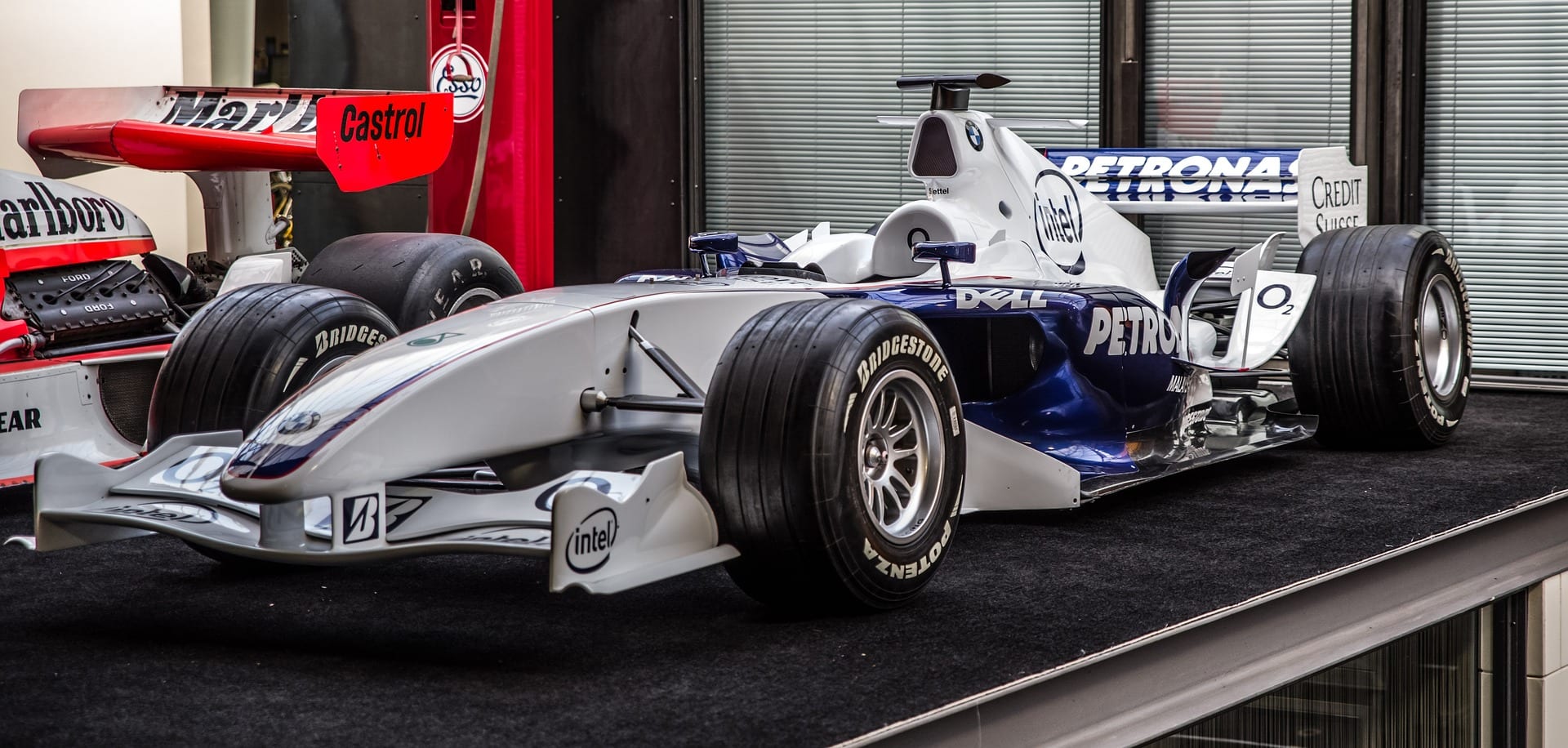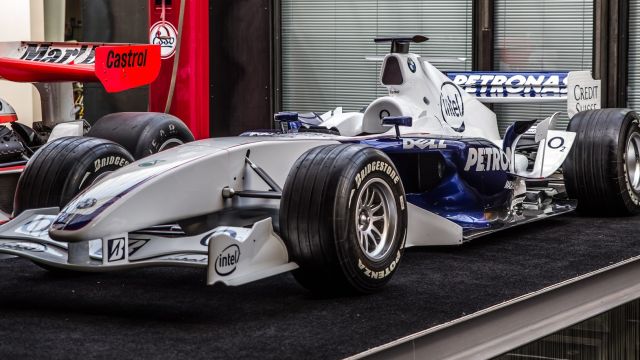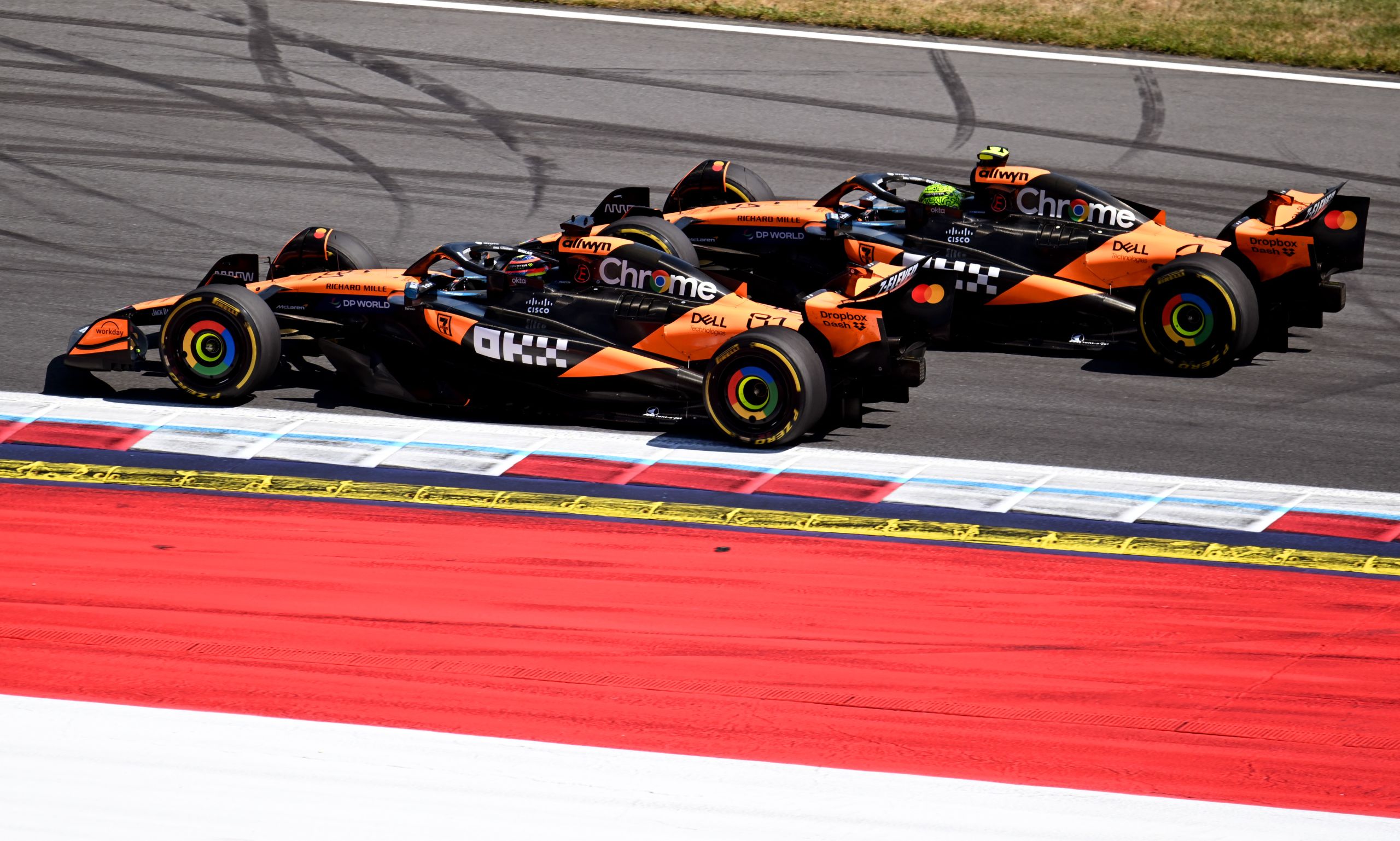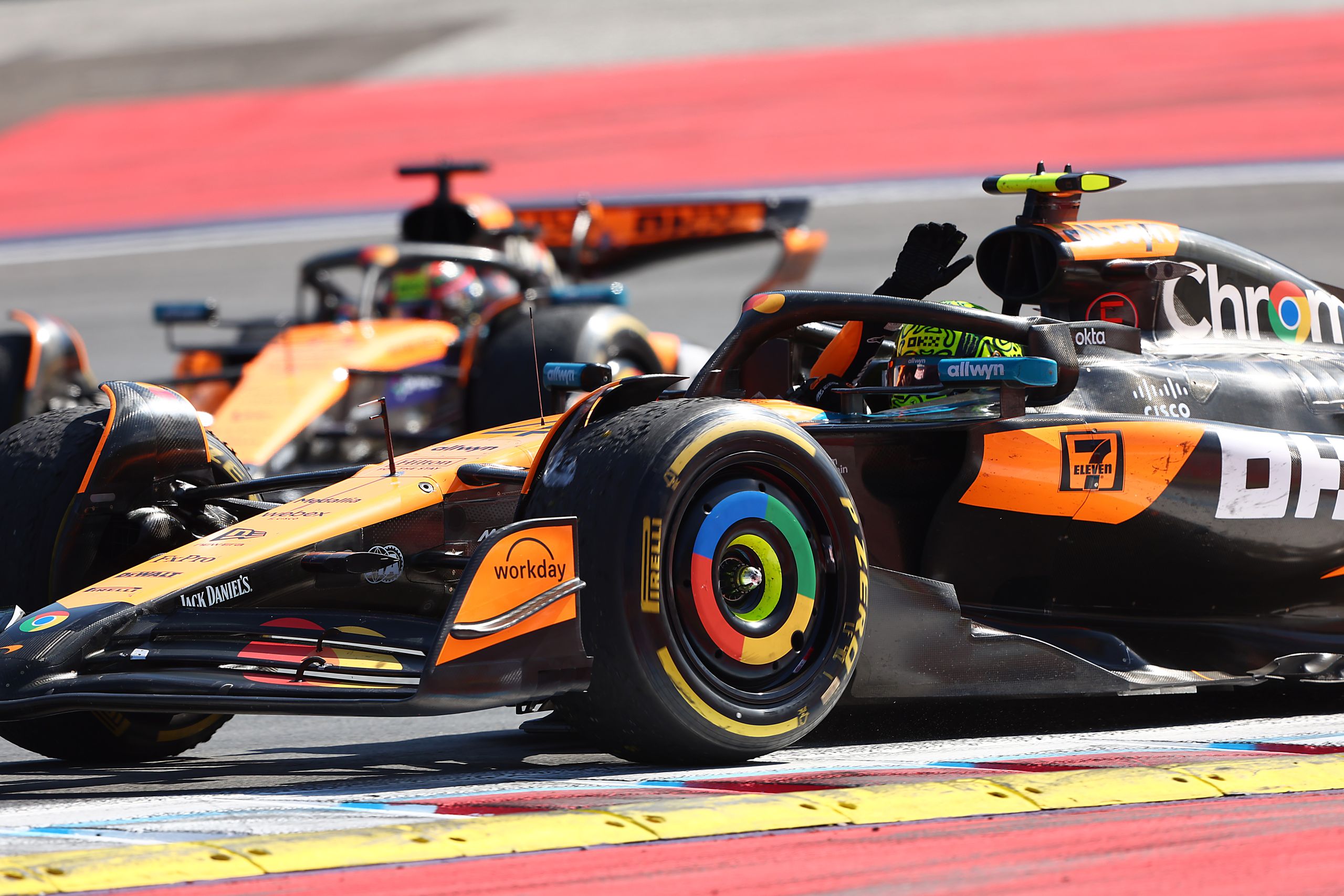What Happens To Old F1 Cars?


As the pinnacle of motorsport, Formula One has always been a sport of innovation and cutting-edge technology. Every year, teams work tirelessly to improve their cars and gain a competitive edge over their rivals. But what happens to those cars once they’ve reached the end of their useful life? Do they simply get discarded, or do they find new homes with collectors and enthusiasts?
Once an F1 car has been retired from active competition, it typically undergoes a process of decommissioning and dismantling. This involves stripping the car down to its individual components, which can then be sold or repurposed. Some parts may be reused in future cars, while others may be sold to collectors or other teams. The chassis, for example, may be used to create a display car or even a simulator.
The Evolution of F1 Cars
F1 cars have come a long way since the first world championship race in 1950. While the basic principles of the sport remain the same, the technology and design of the cars have evolved significantly over the years. Here are some of the key changes:
- In the 1950s, F1 cars were made of aluminum with steel tubular chassis frames. Spaceframe construction was the norm until Colin Chapman introduced the successful monocoque Lotus 25.
- By the 1960s, engines had grown from 1.5 liters to 3 liters, and the cars were faster and more powerful than ever before.
- In the 1970s, ground effects were introduced, which allowed cars to stick to the track better and take corners at higher speeds.
- The 1980s saw the introduction of turbocharged engines, which were capable of producing over 1,000 horsepower.
- In the 1990s, electronic driver aids such as traction control and active suspension were introduced, which helped drivers to control the cars more effectively.
- By the 2000s, aerodynamics had become the most important factor in car design, with teams spending millions of dollars on wind tunnel testing and computer simulations to optimize their cars’ performance.
- Today’s F1 cars are the fastest and most technologically advanced ever built, with hybrid power units that combine a V6 turbocharged engine with an electric motor. These cars are capable of reaching speeds of over 220 mph and producing up to 1,000 horsepower.
The evolution of F1 cars has been driven by a desire to go faster and win races, but it has also been shaped by changes in regulations and advancements in technology. As the sport continues to evolve, it will be interesting to see what new innovations will be introduced in the years to come.
The Lifecycle of an F1 Car
Racing Life
An F1 car has a very short lifespan. It is designed to race for only one season, which usually consists of 20 races. During this time, the car is pushed to its limits, with drivers reaching speeds of up to 230 mph. The car undergoes rigorous maintenance and repairs after each race to ensure it is in top condition for the next one.
Teams spend millions of dollars developing and building their cars, with the aim of winning the championship. The lifespan of an F1 car is determined by its performance. If it is not competitive, the team will develop a new car for the following season.
Retirement
Once the season is over, the F1 car is retired. There are several options for what happens to the car:
- Static display: The most common fate for an F1 car is to be transformed into a static display. The mechanical components are removed, leaving just the bare chassis. The car is then painted in the team’s colors and put on display in a museum or showroom.
- Spare parts: Scrap dealerships can purchase old F1 cars for spare parts. Racing teams can look to these sources when they need new components. This means another team may use the pieces from a retired F1 car to help them keep their vehicles running.
- Private collection: Thanks to companies like rollsauto.com, some F1 cars end up in the hands of private collectors. These collectors are often wealthy individuals who have a passion for racing and want to own a piece of F1 history.
| Option | Description |
|---|---|
| Static display | The car is transformed into a static display and put on display in a museum or showroom. |
| Spare parts | The car is sold for spare parts to scrap dealerships or other racing teams. |
| Private collection | The car is purchased by a private collector who has a passion for racing and wants to own a piece of F1 history. |
Regardless of what happens to the car, the team will begin developing a new car for the following season. The cycle of development and retirement continues, with teams constantly pushing the limits of technology and performance.
The Afterlife of an F1 Car
Once an F1 car has completed its racing career, it can take on a new life in a variety of different ways. This section explores the different paths that retired F1 cars can take.
Museums and Exhibitions
One common destination for retired F1 cars is museums and exhibitions. Many racing teams have their own museums where they display their past cars, trophies, and other memorabilia. In addition, there are several motorsport museums around the world that feature F1 cars as part of their collections.
These museums and exhibitions provide fans with the opportunity to see F1 cars up close and learn about their history and technology. Some museums even allow visitors to sit in the cars or take them for a spin around a track.
Private Collections
Another option for retired F1 cars is to be added to a private collection. Wealthy collectors may purchase retired F1 cars to add to their personal collections, which can include other rare or exotic cars.
These collections are often not open to the public, but they provide a way for F1 cars to be preserved and appreciated by enthusiasts for years to come.
Scrap and Recycling
When an F1 car is no longer of any use, it may be scrapped or recycled. The metal and other materials used in the construction of F1 cars can be recycled and used for other purposes.
However, scrapping an F1 car is not always the end of the road. Some teams or individuals may purchase retired F1 cars for spare parts, or even to restore and race again in historic events.
Overall, the afterlife of an F1 car can take on many different forms, from museum displays to private collections to recycling. Regardless of their fate, retired F1 cars continue to hold a special place in the hearts of motorsport fans around the world.
The Future of Old F1 Cars
Restoration and Reuse
Old F1 cars are often restored and reused in various ways. Private collectors buy them as prized possessions, while racing teams use them for testing and promotional events. In recent years, there has also been an increase in the restoration of old F1 cars to their former glory. These cars are then used for historic racing events, where they can be enjoyed by enthusiasts and fans alike.
The restoration process can be time-consuming and expensive, but it is worth it for those who are passionate about these iconic racing machines. Many restoration projects involve the complete disassembly and rebuilding of the car, with new parts being fabricated or sourced to replace those that are no longer available. The end result is a piece of racing history that can be enjoyed for many years to come.
Environmental Concerns
As with any industry, there are environmental concerns surrounding the use and disposal of old F1 cars. These cars are not known for their fuel efficiency and can emit large amounts of CO2 and other pollutants. However, there are efforts being made to reduce the environmental impact of these cars.
One approach is to convert old F1 cars to run on electric power. This not only reduces emissions but also allows these cars to be used in areas where noise pollution is a concern. Another approach is to use these cars for educational purposes, teaching the public about the history of racing and the importance of sustainability.
Historical Significance
Old F1 cars are not just machines; they are also pieces of history. These cars represent the pinnacle of engineering and design from their respective eras, and they tell the story of how the sport has evolved over time. As such, it is important to preserve these cars for future generations.
Some old F1 cars are housed in museums, where they can be viewed by the public. Others are used for historic racing events, where they can be seen in action. Regardless of how they are used, these cars serve as a reminder of the rich history of Formula One racing and the many talented drivers and engineers who have contributed to the sport over the years.





